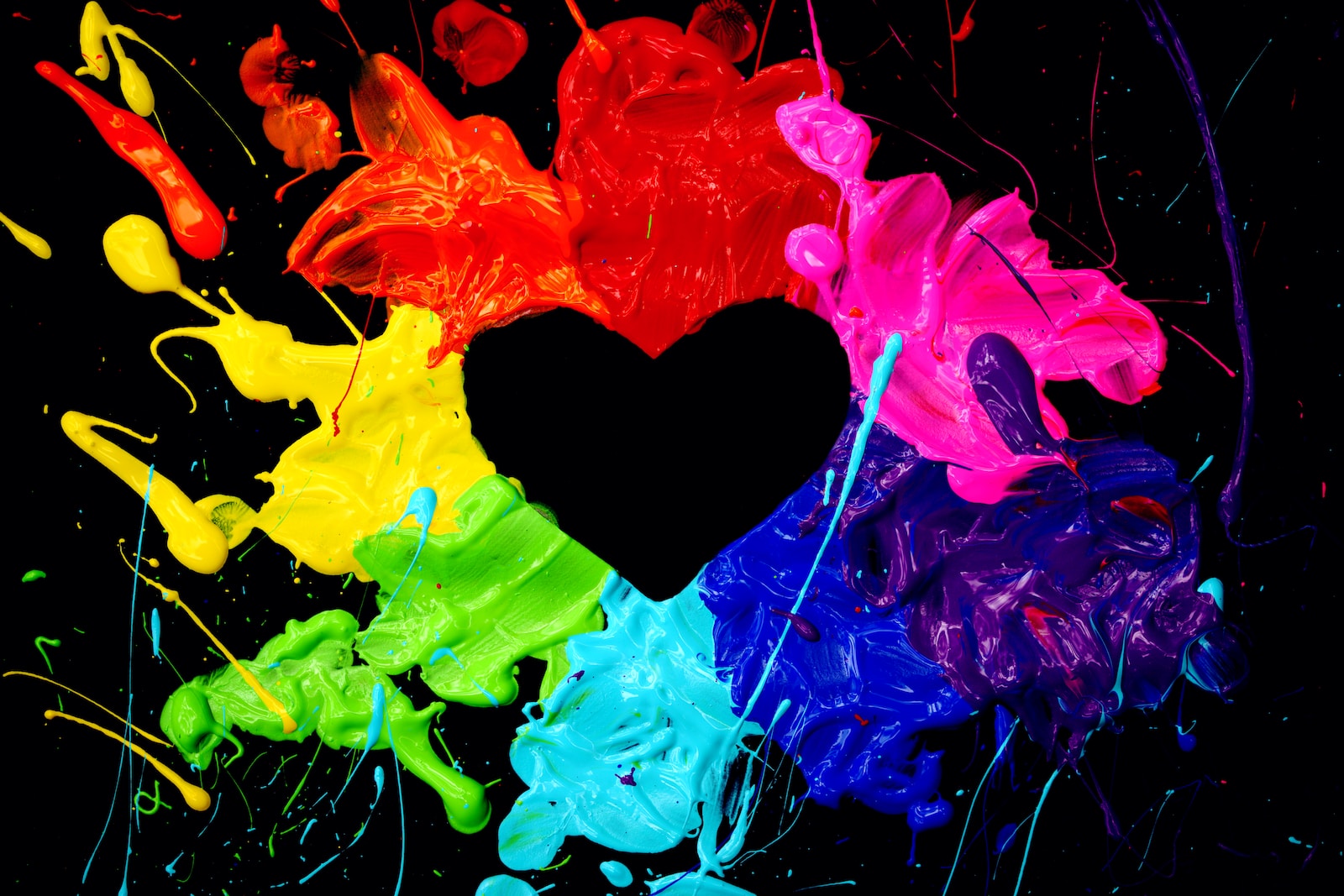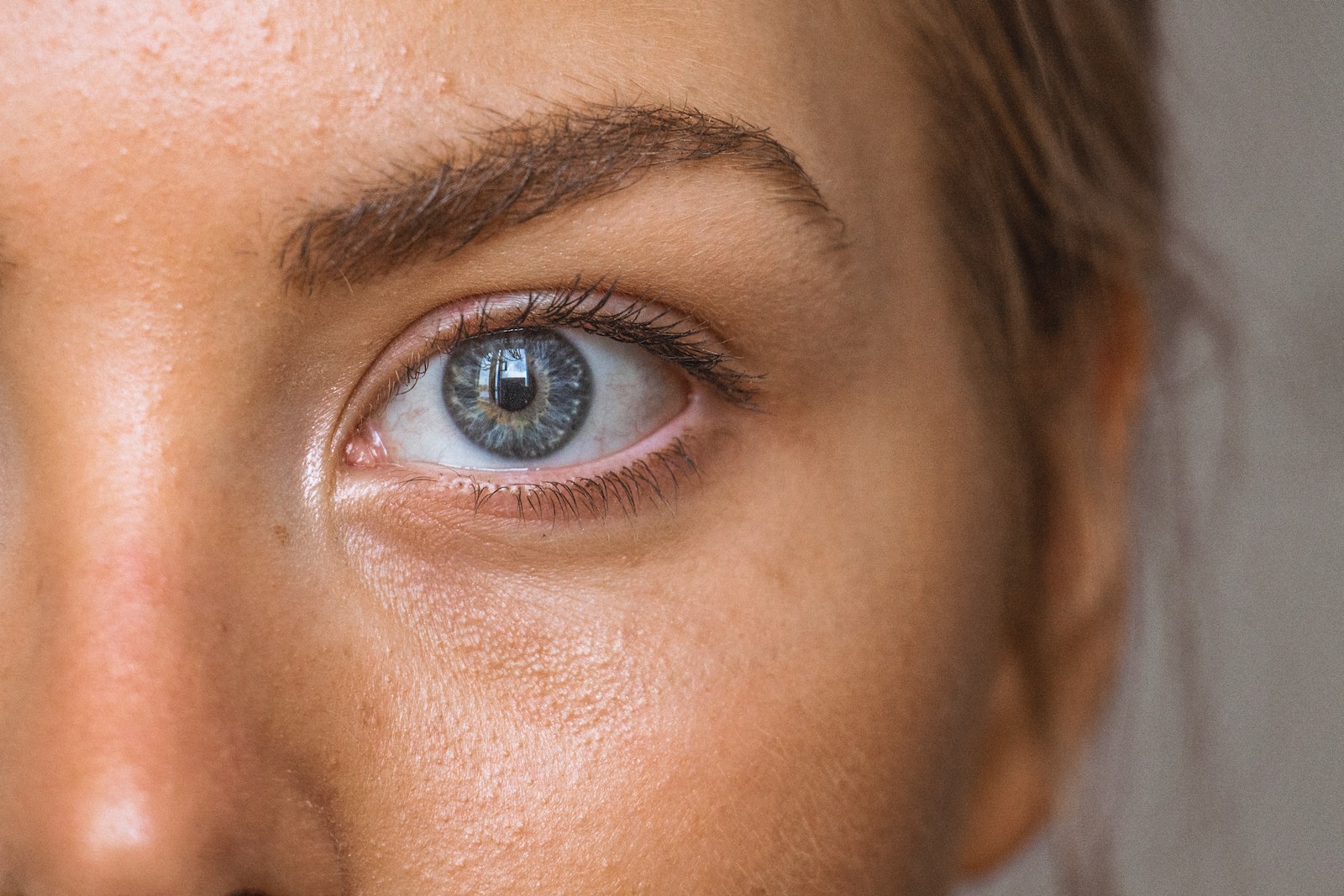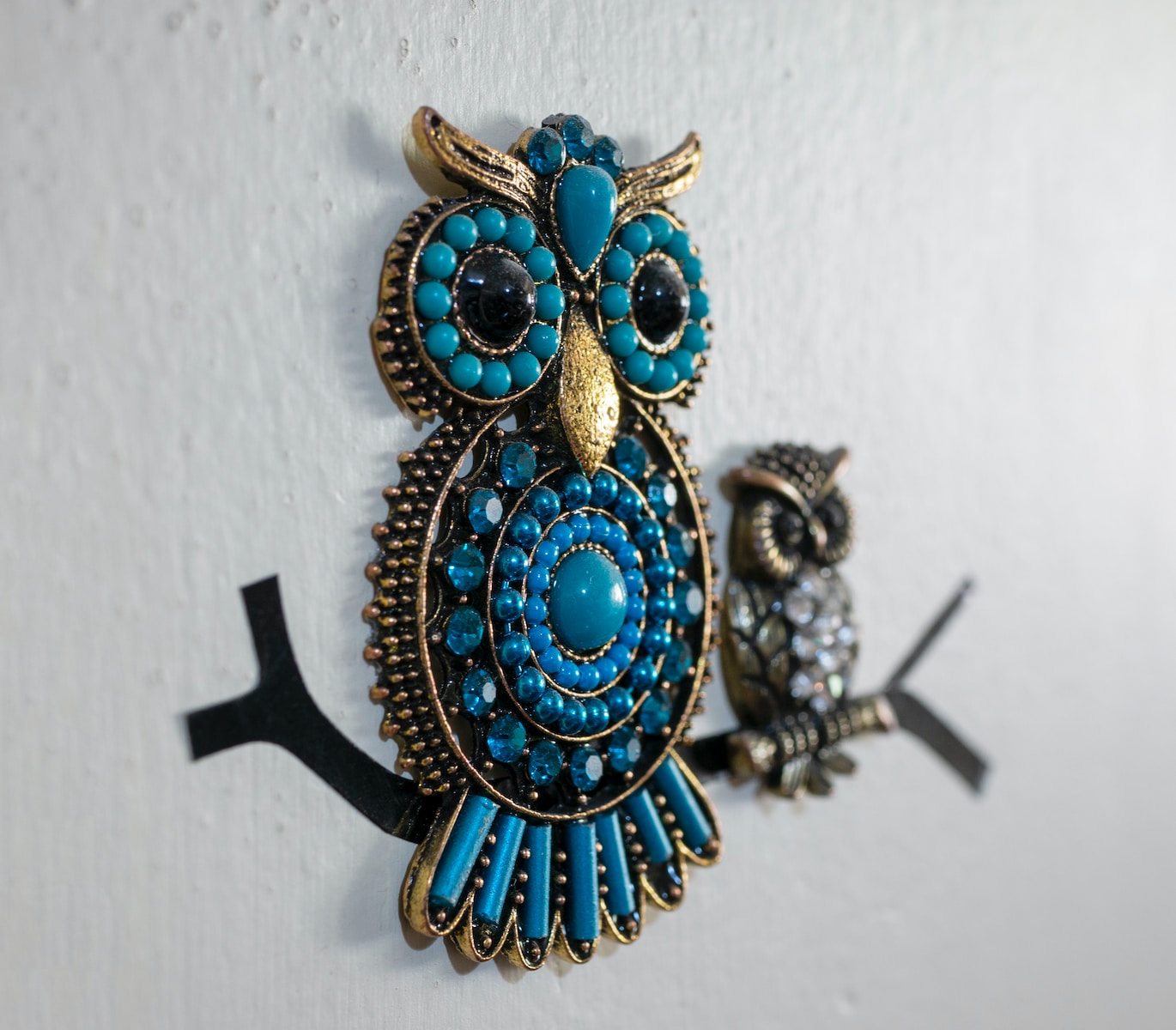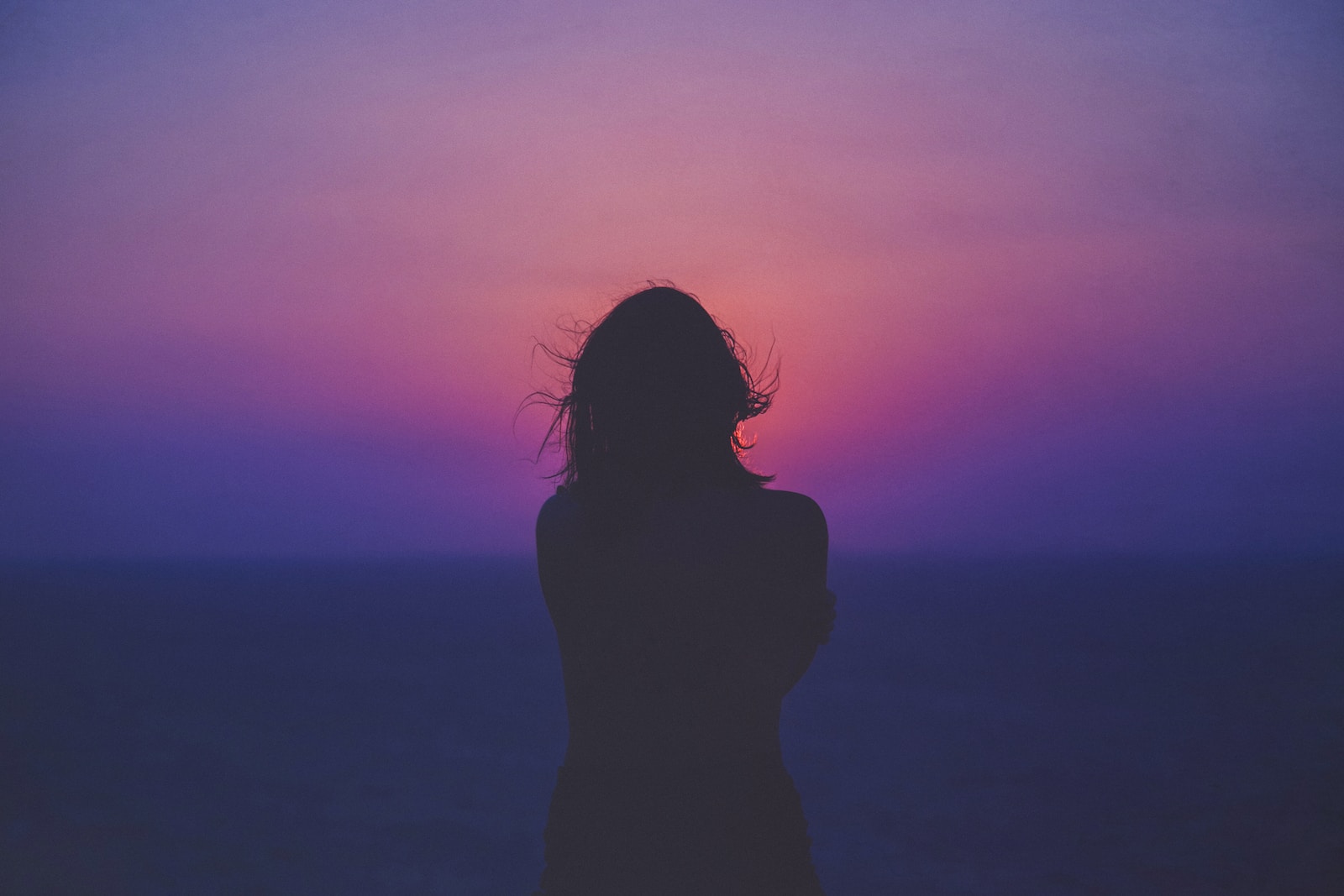Welcome to “The Art of Capturing Paint Splatter,” a comprehensive guide to creating stunning and vibrant images through the fascinating technique of paint splatter photography. If you’re looking to add a splash of creativity to your portfolio or simply want to explore the captivating world of abstract, high-speed photography, you’ve come to the right place. In this blog, we will delve into the technical aspects of camera settings, discuss the importance of lighting, and highlight the necessary safety precautions for achieving striking and dynamic shots. Let’s dive in!
Table of Contents
- The Art of Capturing Paint Splatter
- The Art of Capturing Paint Splatter: Essential Equipment for Stunning Paint Splatter Photography
- The Best Time for Capturing Paint Splatter Photography
- Frequently Asked Questions
- 1. What equipment do I need to capture paint splatter photography?
- 2. What are the ideal camera settings for paint splatter photography?
- 3. How should I set up the lighting for paint splatter photography?
- 4. What safety precautions should I take when capturing paint splatter photography?
- 5. Can I create abstract art with paint splatter photography?
- 6. Can I use high-speed photography techniques for capturing paint splatters?
- 7. How can I enhance the color of paint splatter photographs?
- Wrap Up
The Art of Capturing Paint Splatter
Paint splatter photography is a fascinating and dynamic art form that captures the essence of vibrant colors and spontaneous movement. With the right techniques and tools, this unique genre of photography allows you to create abstract masterpieces that are bursting with energy. In this detailed guide, we will explore the various aspects of capturing stunning images of paint splatters, including ideal camera settings, lighting techniques, and safety precautions.
Capturing the Essence of Movement
The key to creating captivating paint splatter photographs lies in the ability to freeze the dynamic movement of paint in mid-air. To achieve this, it is essential to use high-speed photography techniques. By setting your camera to a fast shutter speed, such as 1/1000th of a second or higher, you can effectively capture the split-second moment when the paint is airborne. This freeze-frame effect enhances the sense of motion and adds an element of excitement to your images.
Additionally, using burst mode or continuous shooting mode can be advantageous in capturing multiple shots in rapid succession. This allows you to select the perfect frame where the paint splatters create the most visually appealing patterns.
Amplifying Colors and Textures
One of the most captivating aspects of paint splatter photography is the exploration of vibrant colors and unique textures. To emphasize the colors and textures of the paint, it is crucial to consider the lighting setup carefully.
Soft and diffused lighting is highly recommended to ensure an even and flattering illumination of the paint splatters. You can achieve this by using light diffusers or softboxes. These tools reduce harsh shadows and create a smooth transition between the different shades of color in the paint. Experimenting with different angles and intensities of light can produce various effects and enhance the overall visual impact of your photographs.
Furthermore, incorporating a colored background or using colored gels on your light sources can significantly amplify the colors and create a more immersive experience. The interplay between the vibrant hues of the paint and the contrasting background adds depth and dimension to your images.
In addition to colors, exploring the textures and patterns formed by the paint can result in striking abstract compositions. Experiment with different paints of varying consistencies, such as diluted or thickened paint, and observe how they interact and disperse in the air. Each paint type will create a unique texture and pattern, allowing you to capture visually intriguing results.
Click here to jump to the safety precautions section.
Did you know that paint splatter photography is a form of high-speed photography that captures the dynamic and abstract nature of paint in motion? It's a mesmerizing way to create color photography that will truly make your images pop!
The Art of Capturing Paint Splatter: Essential Equipment for Stunning Paint Splatter Photography
Paint splatter photography is a captivating form of art that allows you to capture dynamic and colorful images. To ensure you capture the perfect shot, it is crucial to have the right equipment. In this section, we will discuss the essential camera gear, lenses, and other equipment necessary for paint splatter photography.
Camera and Settings
When it comes to cameras, options abound. The key is to choose a camera that offers a high-speed shutter and excellent burst capability. These features are vital to freezing the motion of the paint splatters effectively. A camera with at least 6 frames per second (fps) or higher is recommended to capture the perfect moment.
As for settings, use a fast shutter speed of at least 1/1000s or faster to freeze the fluid motion of the paint. Ensure your camera is set to continuous shooting mode to capture multiple paint splatters in rapid succession. This will provide you with a selection of images to choose from and increase your chances of getting that one perfect shot.
Lenses for Close-Up Detail
Paint splatter photography often requires capturing close-up details of the vibrant colors and unique patterns. In this case, a macro lens is highly recommended. A macro lens allows you to focus on the intricate details and capture the fine textures of the paint splatters. Macro lenses with a focal length of 60mm to 100mm are ideal for capturing the intimate details of the subject.
However, if you prefer a more versatile option, consider a zoom lens with a focal length range of 24mm to 70mm or even wider. This type of lens allows you to experiment with different perspectives, capturing both close-up shots and wider angles of the splatters in their environment.
Additionally, using a lens with a wide aperture, like f/2.8, will allow you to achieve a shallow depth of field, isolating the paint splatters from the background and creating a beautiful bokeh effect.
Other Essential Equipment
Aside from the camera and lenses, here are a few other pieces of equipment that will enhance your paint splatter photography experience:
- Tripod: A sturdy tripod will help you maintain stability and consistency in your shots, especially if you’re using slower shutter speeds or longer exposure times.
- Flash: Consider using an external flash or speedlight to add a burst of light and freeze the motion of the paint splatters effectively.
- Droppers or Squeeze Bottles: To create controlled splatters, invest in droppers or squeeze bottles, allowing you to release the paint in a controlled manner.
- Protective Gear: Safety should always be a priority. Use gloves, goggles, and protective clothing to safeguard yourself and your equipment from paint splatters.
Remember, the right equipment is crucial for capturing stunning paint splatter photographs. Experiment with different options to find the gear that best suits your style, and don’t be afraid to explore new techniques and subjects in this dynamic form of photography.
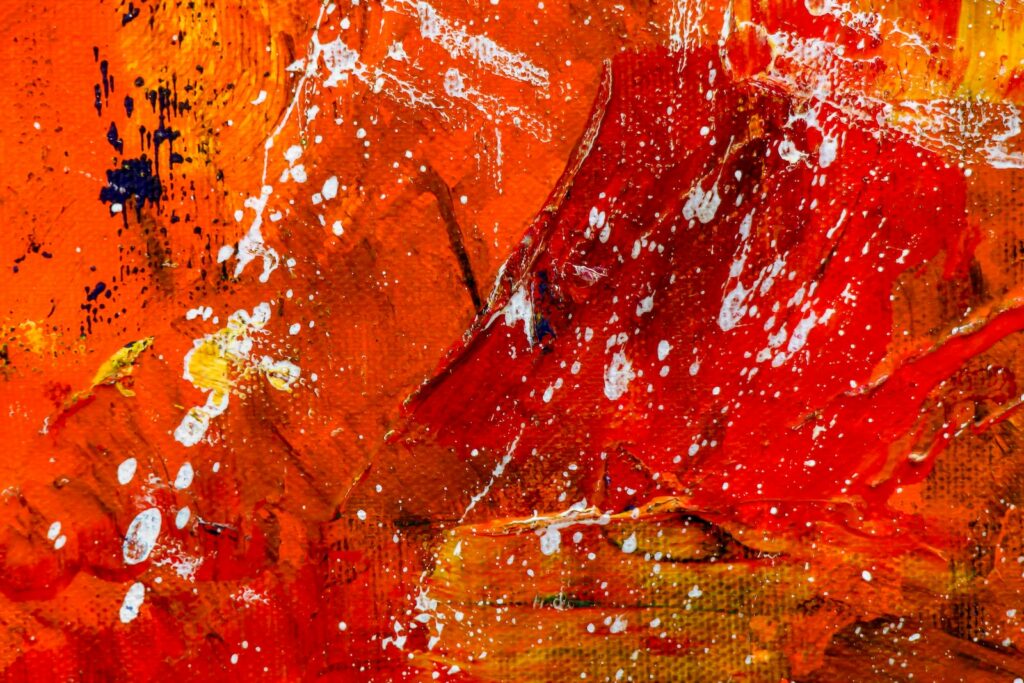
The Best Time for Capturing Paint Splatter Photography
Paint splatter photography is a striking and abstract art form that requires precise timing and careful positioning. To capture dynamic and colorful images of paint splatters, it is essential to consider the best time of year and ideal vantage points for your photography.
Choosing the Best Vantage Points and Positions
When photographing paint splatters, the angle and position of your camera can greatly influence the overall composition and impact of the image. Here are a few options and their benefits:
- Directly Above: Positioning your camera directly above the paint splatters allows you to capture symmetrical and highly abstract images. This perspective provides a mesmerizing view of the colors and patterns created by the splattered paint.
- Side Angle: Positioning your camera at a slight side angle offers a different perspective, emphasizing the texture and dimension of the paint splatters. This angle allows you to capture the dynamic motion of the paint as it splatters on the surface.
- Close-Up: Getting up close and personal with the paint splatters can result in captivating and intricate details. This approach allows you to capture the small droplets and unique patterns, highlighting the abstract nature of the art form.
- Varying Distance: Experimenting with different distances from the paint splatters can yield diverse results. By moving closer or farther away, you can alter how much of the overall scene is captured, creating different levels of intimacy or expansiveness in your images.
Remember, it’s important to ensure your safety and protect your camera equipment during paint splatter photography. Use protective covers or barriers to shield your gear from potential damage.
By considering the best time of year and exploring various vantage points and positions, you can create stunning and visually captivating paint splatter photography. So grab your camera, experiment with different angles, and let your creativity flow!
To capture the perfect paint splatter shot, try using a fast shutter speed. This will freeze the motion and capture the details of the paint in mid-air. Experiment with speeds above 1/1000th of a second to get the desired effect. Don't be afraid to go higher if necessary!
Frequently Asked Questions
1. What equipment do I need to capture paint splatter photography?
To capture paint splatter photography, you will need the following:
- A digital camera with manual settings
- A sturdy tripod
- A fast lens with a wide aperture
- A paint splatter backdrop or canvas
- A backdrop stand or wall mount
- A flash or continuous lighting setup
- Protective clothing and drop cloths
2. What are the ideal camera settings for paint splatter photography?
For capturing paint splatter photography, it is recommended to use the following camera settings:
- Shooting mode: Manual
- ISO: Low (around 100)
- Aperture: Wide open (low f-stop number)
- Shutter speed: Fast (1/200th of a second or faster)
- Focus: Manual focus or pre-focus on the area where the paint will be splattered
3. How should I set up the lighting for paint splatter photography?
Lighting plays a crucial role in capturing vibrant paint splatter images. Consider the following tips:
- Position your light source(s) at an angle to highlight the paint splatter texture
- Use diffusers or softboxes to create a soft, even light
- Experiment with different lighting setups to achieve desired effects
4. What safety precautions should I take when capturing paint splatter photography?
Before starting your paint splatter photography session, remember these important safety precautions:
- Wear protective clothing, such as gloves and goggles, to shield yourself from paint splatters
- Work in a well-ventilated area or consider working outdoors
- Place a tarp or drop cloth under your setup to protect your surroundings
5. Can I create abstract art with paint splatter photography?
Absolutely! Paint splatter photography offers endless opportunities for creating abstract art. Experiment with different colors, techniques, and compositions to unleash your creativity.
6. Can I use high-speed photography techniques for capturing paint splatters?
Yes, high-speed photography techniques can be used to freeze the precise moment of paint splatter. This allows you to capture incredible details and dynamic motion of the paint in mid-air.
7. How can I enhance the color of paint splatter photographs?
To enhance the color of your paint splatter photographs, consider the following tips:
- Experiment with different colored paints to create vibrant and eye-catching splatters
- Adjust the white balance settings on your camera to achieve the desired color temperature
- Post-process your images using photo editing software to enhance colors and make them pop
Wrap Up
Now that you have the knowledge and tools to capture stunning paint splatter photography, it’s time to unleash your creativity and dive into this dynamic art form. Remember to experiment with different angles, lighting setups, and color schemes to truly make your images pop. Safety should always be a priority, so don’t forget to wear protective gear and cover your shooting area adequately.
We hope this detailed guide has inspired you to explore the world of high-speed, abstract, and color photography. Feel free to share your own experiences and tips in the comments below. We would love to see your incredible paint splatter creations and answer any questions you may have. Happy shooting!
